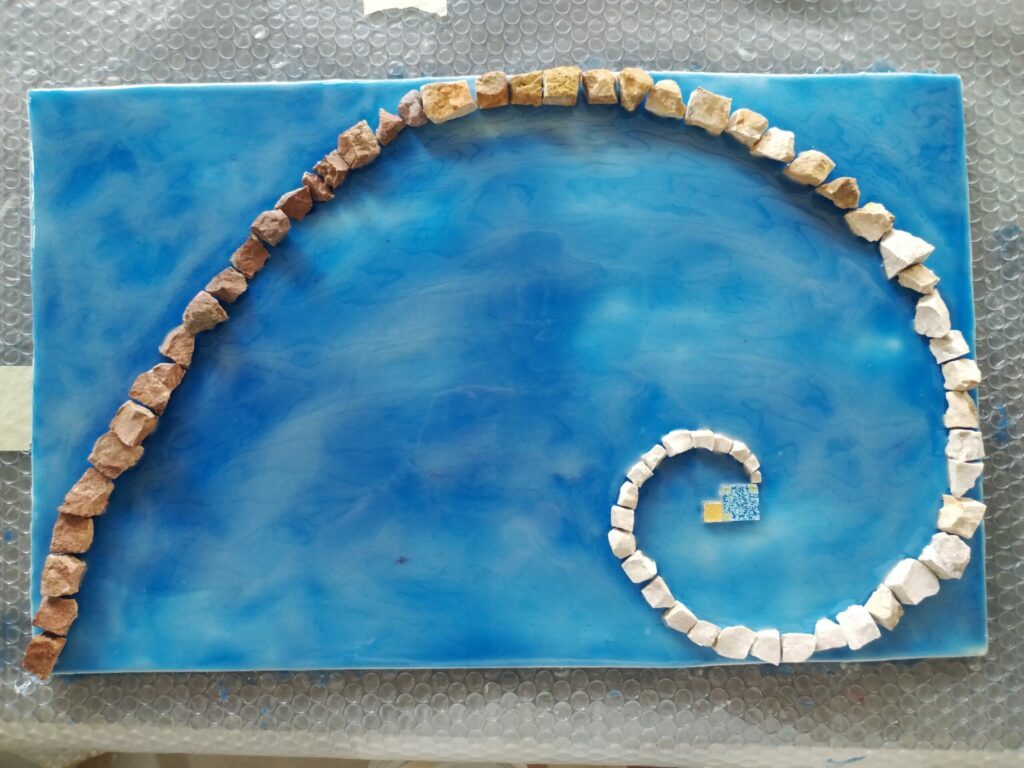Post-contemporary: what characteristics must art have to already address the future?

The lie of the contemporary
The word “contemporary” is itself a lie. The instant we utter it, it has already been devoured by the past. But it has become an even bigger lie in recent decades, when instead of defining a chronological condition it has taken on meanings of value. We hear “This work is very contemporary,” but what does it mean? That it was made right now? No, it means that it corresponds to a specific set of characteristics. And so today to be contemporary, an artwork MUST respond to dominant ideologies, must deal with LGBTQ+ issues, support anthropophobic theses about the environment, and malephobic theses about the relationship between the sexes, but above all it must have a buyer. Having declined all aesthetic criteria-the mere mention of beauty is blasphemy in contemporary circles-the only criterion that defines what is the art and what is not is market law. Andy Warhol understood this in 1962 with his Brillo Boxes; art is now identified with the market and is the fullest embodiment of the capitalism that many artists pretend to criticize.
How to get to the post-contemporary?
I have published the postcontemporary manifesto. To get there, I started with poetry.
Poetry has hardly been subjected to the mechanisms that have led contemporary art to be a mere expression of capitalism, essentially because poetry has not become a consumer product: poetry books are at least as unattractive to the market as mere poetry shows. Therefore, it is perhaps from poetry that art can draw the strength it needs to leap into the future, that is, into the post-contemporary.
I believe that to get to the post-contemporary, certain characteristics are needed.
The first is for art to return to having an aesthetic compass, I believe that beauty is written in molecules, just study Fibonacci and its consequences and you will find that there is a biological (and perhaps evolutionary) code that marks the objectivity of beauty and the subjectivity of its perception.
The second is for art to embrace the dimensions in which humanity is articulated today, namely the real and the so-called digital or virtual, in a kind of “augmented art.”
The third is that the artwork crosses the boundaries between the arts marked by the didactic and typographic era and returns to total art forms, such as the ecphrases of late antiquity. Not for nothing do I devote myself to art forms that resemble those very ecphrases.
The fourth is that it returns to honor the sacredness of art.
But the most important feature is for art to be able to free itself from the tyrannical yoke of this totalizing capitalism and find new forms of expressive freedom, outside the sharp boundaries imposed by the market. I have experienced the logic of the gift, which decisively defeats the mercantile system.
Are we moving toward the contemporary all at once?
Leave a Reply